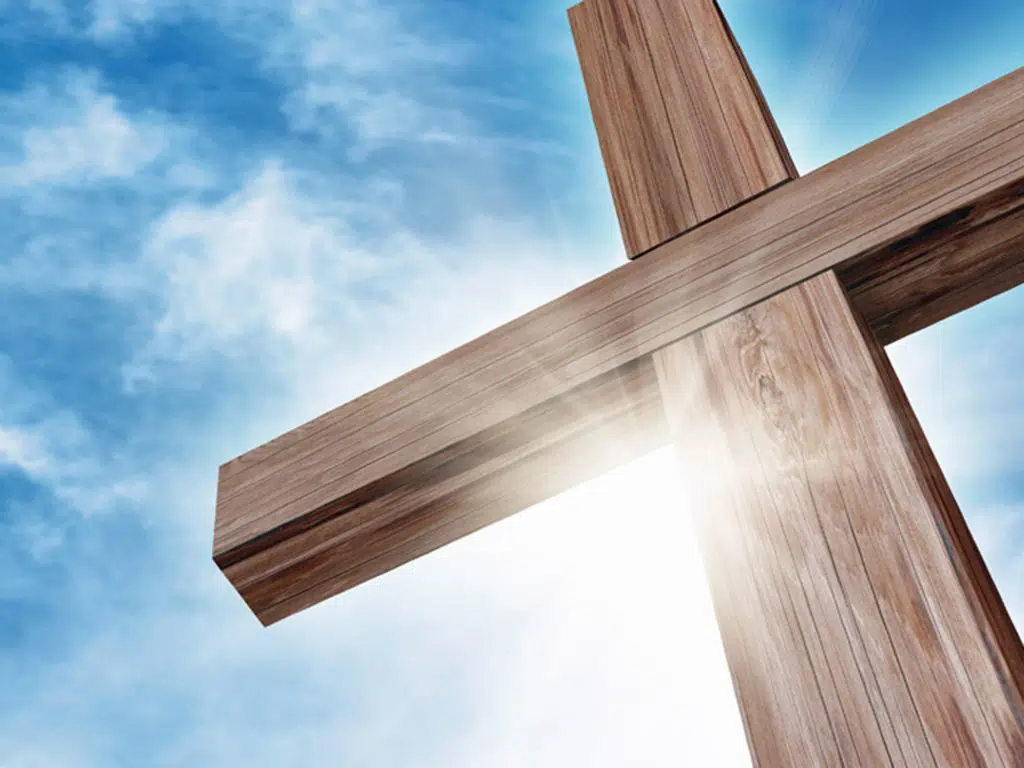In our Catholic tradition, we express in many ways our belief in the dignity of the human person, the sacredness of the body, the resurrection of the dead, and the importance of remembering the dead. Among the most powerful expressions are the care we give in preparing the body of a deceased person for burial, the prayers we raise up during the act of burial, and the continued respect and prayers we offer for the deceased.
In imitation of the burial of Jesus’ body, Christians throughout the centuries observed the practice of burying the body of the deceased in a grave or tomb. However, out of pastoral concern for the Catholic faithful in many parts of the world, the church began permitting cremation in the middle of the 20th century. Today, the Code of Canon Law (1176) determines, “The Church earnestly recommends that the pious custom of burying the bodies of the dead be observed; it does not, however, forbid cremation unless it has been chosen for reasons which are contrary to Christian teaching.”
Just as the church prefers the burial of the body of the deceased, the church similarly urges that the body be present for the funeral rites. In this way, our Christian belief in the dignity of the person, the sacredness of the body, the resurrection of Christ and of his followers, and the importance of remembering the dead are more clearly manifested. Therefore, if cremation is chosen for legitimate reasons, it is recommended that the cremation take place following the funeral liturgy. Even so, when cremation cannot be delayed, the church permits and provides funeral rites at which cremated remains are present, and these rites express the very same Christian beliefs about the human person and the resurrection of the dead.
Finally, the church encourages the burial of the body of the deceased in a worthy place, and Catholic tradition has long provided special blessings for cemeteries. In this way, we commend the deceased to the mercy of God, ensure the continued care of the bodies, and provide the opportunity for the faithful to offer fitting prayer at the place of burial. Indeed, for the last the church provides special prayers to be offered by those who visit a cemetery on important days (such as All Souls’ Day or the anniversary of death). Likewise, the church encourages that cremated remains be treated with similar dignity. The scattering of cremated remains or keeping remains in the home do not meet the reverent disposition that the church requires. Rather, cremated remains should be entombed in a worthy mausoleum, columbarium, or grave, and the place of burial should be marked with a plaque or stone whenever possible.
Through these Catholic traditions of blessing places of burial, caring for the bodies and remains of the deceased, and praying for the souls of the faithful departed, we celebrate Christ’s victory over death and remember the life we are to share in Christ.
Starke is director of diocesan Office of Divine Worship.



Pentecost Sunday